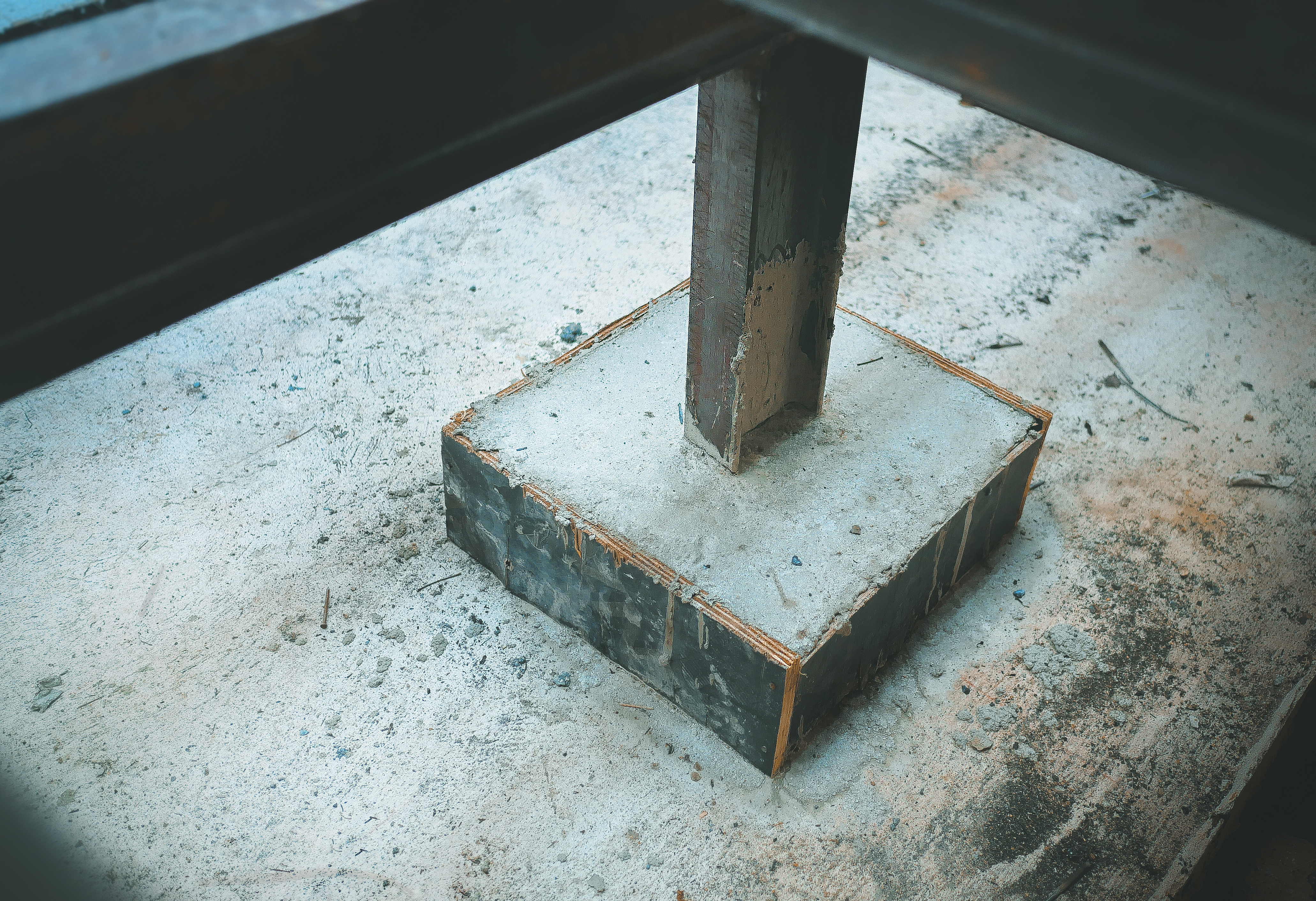Troubleshooting cracking grout

The aim of most grouting applications is to spread the weight of a machine evenly and transfer its load over its baseplate on to the foundation below. With grouts regularly tasked with helping to hold up many thousands of kilograms, it’s not uncommon to experience cracks in grout.
There are a whole range of issues that might be responsible for grout cracking. Thankfully, most of these can be sorted out with a bit of extra care and attention in preparation and application. Here’s a list of a few common causes of cracking cementitious grout and what you can do about them.
What is cementitious grout?
Cementitious grout is designed to be used under load, where a filler needs to act as a structurally sound solid. This compound is essential for grouting structural column base plates, pump and machinery bases and for anchoring bolts, dowels, bearing pads and supports. Mixed from a dry powder to the required consistency, it can be made somewhat solid to be used as a packable substance, or flowable to be applied in a more liquid form.
Most grouts contain a non-shrink grout component which means once it hardens, you are left with a perfectly formed strong foundation. A very small degree of shrinking and surface cracking can be expected on large installations and is almost impossible to avoid completely. However, serious cracking can be averted by being aware of some basic ‘best practice’ principles.
Why is my grout cracking?
Cementitious grout needs to be prepared with care to avoid cracking. Here are some common reasons you might find your grout is cracking.
- Too much water added to the product
- Inadequate curing time
- Sharp corners which are prone to crack
- Inadequate surface preparation
- Weakness in the original concrete base
- Using shims or packers too close to the edge of the grout
- Large areas of grout un-restrained or poorly constructed shoulders
- Improper use of expansion joints
- Different thermal expansion properties between the underlying concrete and the grout (more commonly seen with epoxy grout due to its different thermal properties when compared with concrete)
Best practice grout application
- Closely follow the manufacturer’s instructions when adding water
- Ensure surfaces are adequately prepared and verify that the concrete itself is acceptable for applying grout
- Ensure packers and shims are well inside the boundary of the equipment so that they can be fully encased in grout, or even better, boxed out and removed later
- Avoid large unrestrained areas if possible
- Use expansion joints around equipment if necessary
- Ensure formwork is liquid tight to prevent air pockets or water pockets forming which could cause issues later
- Double check with the machinery manufacturer regarding anchors and bolts and seek engineering advice regarding the best type of grout
- In the case of cementitious grout, keeping the area wet or moist is an important part of the curing process. Follow the manufacturer’s instructions carefully.
- Ensure the curing compound used is compatible with the grout. Try not to mix brands.
- Most importantly – know what you’re doing! Applying grout successfully is both an art and a science and should be done by qualified workers in order to get the best result.
Choosing a Cementitious grout
Reputable cementitious grouts such as those manufactured by Dayton, Aftek and Fosroc generally have high ultimate strength combined with low water requirements. This gives high fluidity for efficient pourable and pumpable installation in both interior or exterior applications.
Non-metallic grouts such as Dayton Superior cementitious grouts are designed to provide a controlled, positive expansion and to ensure an excellent bearing area. Because they can reach a high compressive strength fairly quickly, this results in less downtime on site.
Further advice
When choosing a grout for your individual application, always seek guidance from the manufacturer and refer to engineering advice.
The knowledgeable concrete chemicals team at Jaybro can assist however always seek professional advice and follow the standards and guidelines in your area.
 Sign In
Sign In 


